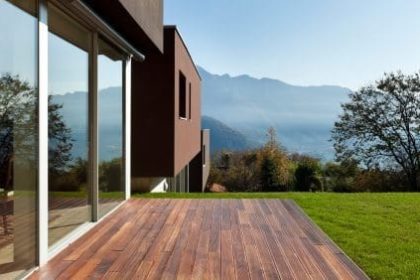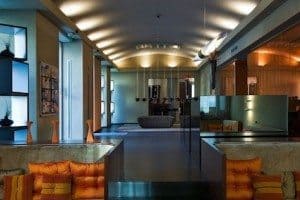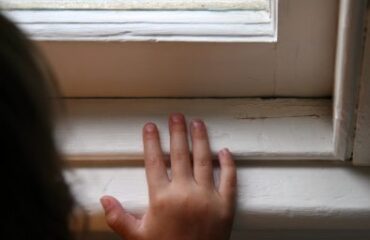Architectural Design – Mold Free Guarantee?

During one of my many presentations on Building Enclosure Commissioning to architecture firms, I had a question from an architect echoing the concern in many professionals’ minds about mold. The architect in question wondered if there is any way to guarantee “on paper” that mold will never occur in an assembly. Architectural design mold free guarantee? So let’s take a look at this question and see what an architect can do to ensure a mold free assembly “in theory” at least. There is always the possibility of imperfect installations, unforeseen conditions and improvisations that can happen in the field during construction, which may cause the best laid plans to go awry. How about detailing your assembly so that, in theory, it will never develop mold?
Fundamentals of a Mold Free Architectural Design :
- First, we need a “continuous air and water resistive barrier. Most professionals know what a water (aka weather) resistive barrier (WRB) is. Some
 examples are Tyvek, building paper and roofing felts. Similarly, an air barrier is the layer of your roof and wall assembly that will resist uncontrolled infiltration/ exfiltration of air through the building envelope. It may be the same as the WRB or this role may be played by another material. When we say these barriers need to be continuous, it means ensuring continuity at fenestrations, change in planes, change in materials, etc.
examples are Tyvek, building paper and roofing felts. Similarly, an air barrier is the layer of your roof and wall assembly that will resist uncontrolled infiltration/ exfiltration of air through the building envelope. It may be the same as the WRB or this role may be played by another material. When we say these barriers need to be continuous, it means ensuring continuity at fenestrations, change in planes, change in materials, etc. - Second, the sheathing layer has to remain above the dew point. How do you ensure this? The best way is to put continuous rigid insulation on the exterior face of the sheathing to the density necessary to prevent the sheathing from reaching dew point. I often see architect’s details with all the insulation inside the wall cavity to simplify window installation. As the air travels through this thick layer of insulation, it drops in temperature, causing moisture in it to condense out at the first cold surface it encounters, for example, the ply or OSB sheathing. This causes the sheathing to get wet and if it does not dry out faster than it gets wet, mold growth may result.
- Third, ensure that the wall/ roof assembly has the ability to dry out, ideally in both directions, but at least in one direction.
- Some assemblies necessitate a strategically placed vapor barrier to prevent moisture migration via vapor diffusion depending on building/space function (indoor swimming pool, spa, etc.) and climate zone (very cold climates, like Alaska).
For projects that have the budget for a WUFI simulation, you can also identify potentially risky wall/ ceiling assemblies via a dynamic hygrothermal simulation with WUFI Pro. https://wufi.de/en/
I hope this helps shed some light on Architectural Mold Free Design. For more information on the continuity of water and air barriers and how to achieve them in your design, please look at some of my previous blogs on the subject. Thank you!
Healthy Building Science is an environmental consulting firm providing mold inspection and testing services for commercial, residential, multi-family, buildings, offices, industrial and manufacturing workplaces, hospitals and medical facilities, and single-family homes in the greater San Francisco Bay Area and all of Northern California.



